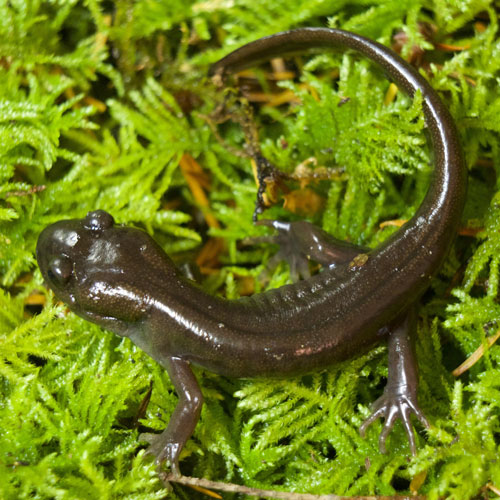Fast Facts
Where they live
- Loggerhead sea turtles can be found throughout the world’s oceans, except for those near the poles.
- Even though they prefer habitats near the coast, they can just as easily be seen swimming through inland waters or miles out into sea.
What they eat
- Jellyfish, conchs, crabs, and fish form the majority of their diet, but they will also feed on seaweed occasionally.
Breeding
- Sometime between late April and early September, females return miles back to the ocean beach they were born to lay their eggs.
- They dig 3 to 6 nests during each season, laying around 100 to 126 eggs in each of them.
- The young hatch after about 60 days.
Cool Biology Facts
- Loggerhead sea turtles have been documented migrating across the entire Pacific Ocean!
- Turtle Excluder Devices (TED) are being attached onto some shrimp nets to help lower the chances of loggerhead sea turtles getting entangled in them.
Threats
- Despite being the most abundant marine turtle species in U.S. waters, loggerhead sea turtles are considered “threatened” in the United States and “endangered” internationally. Their major threats include loss of nesting habitat due to coastal development, accidental capture in fish and shrimp nets, and pollution.

Amphibians & Reptiles of Washington
Do you know where rattlesnakes live in our state? Or which salamander breathes through its skin? Explore the fascinating diversity of the 26 species of amphibians and 28 reptiles found in Washington state.

